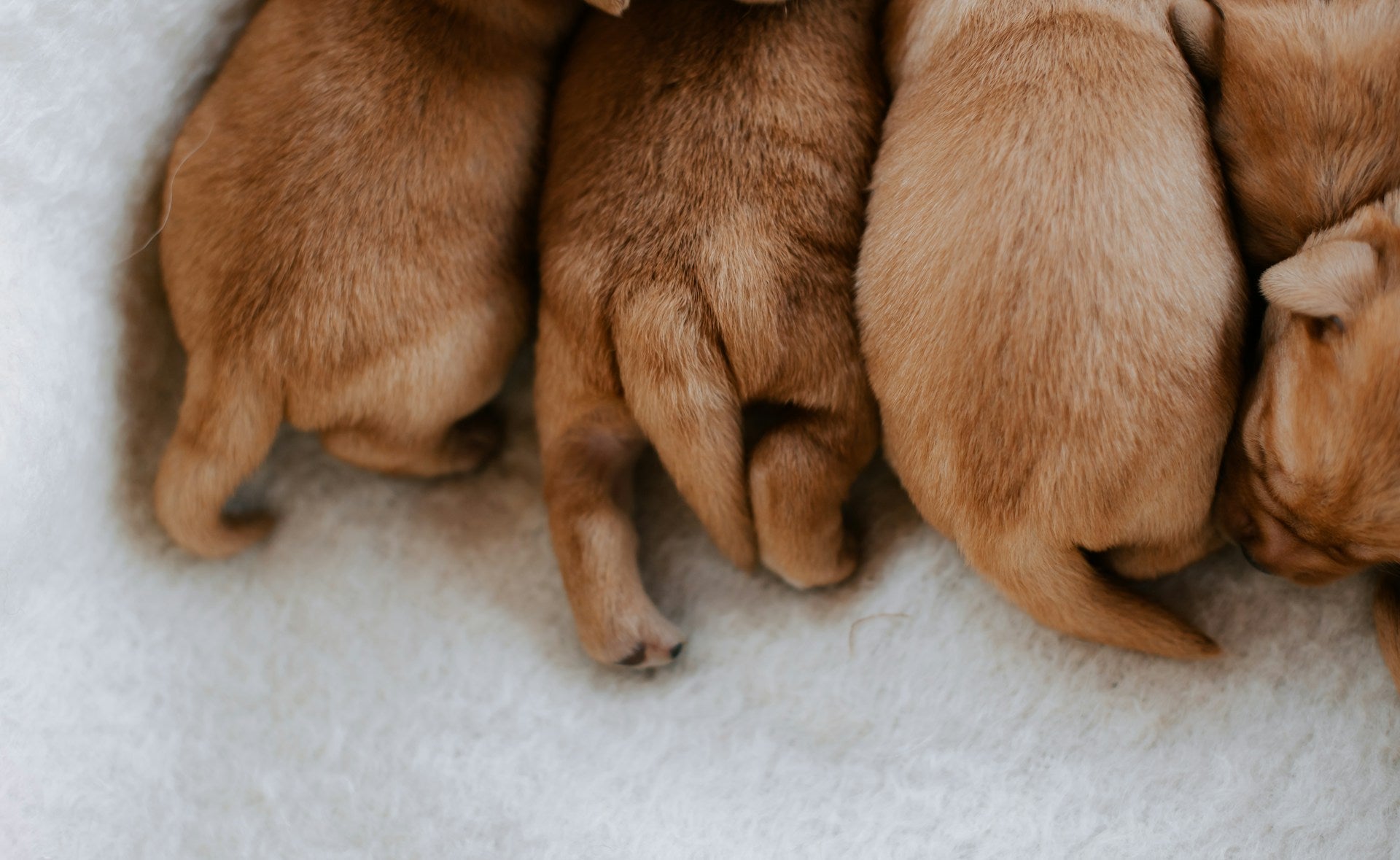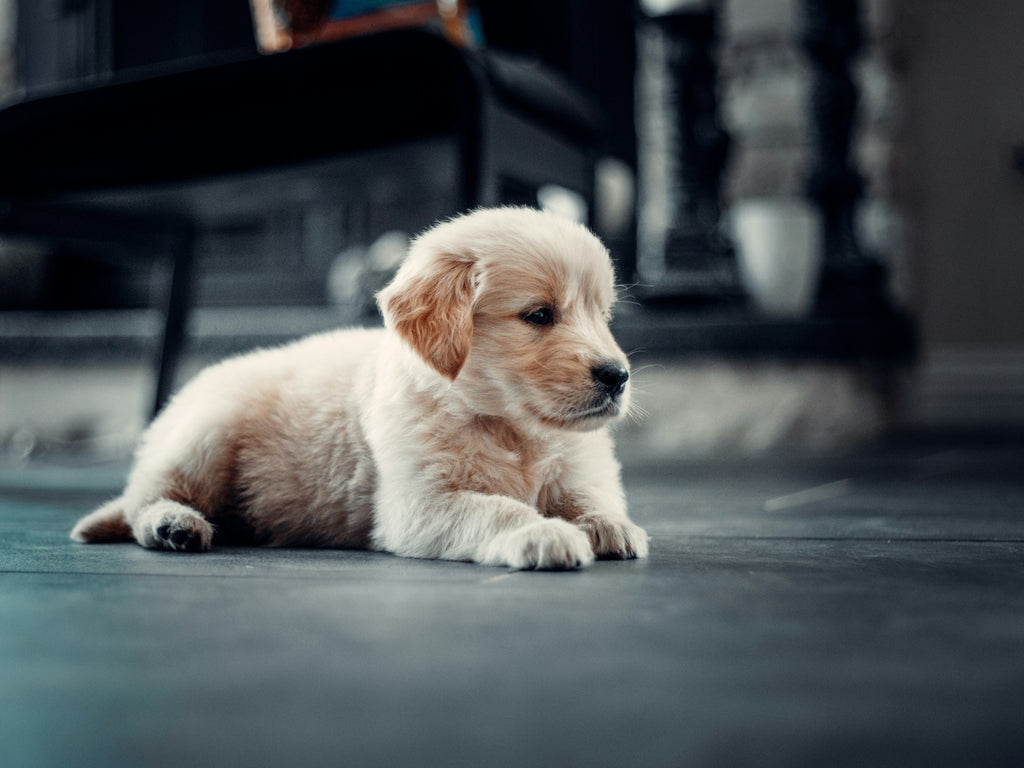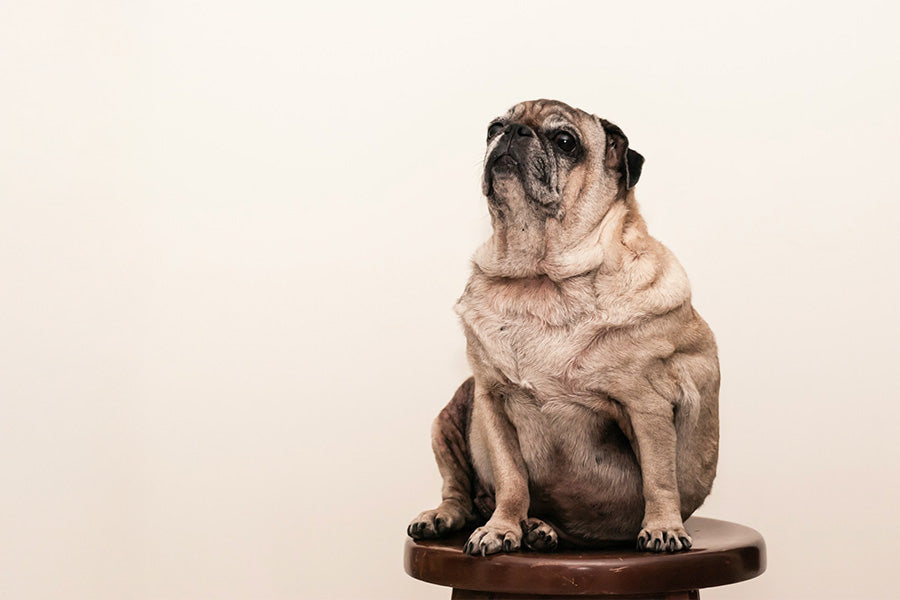Common Mistakes in Puppy Potty Training

Puppy potty training can be an adventure filled with ups and downs.
It's a journey that every pet owner embarks on with the hope of turning their playful pup into a well-mannered member of the household. Yet, despite the best intentions, common pitfalls can hinder progress. If you’re looking for puppy training tips or wondering how to toilet train a puppy in 7 days, understanding these mistakes is crucial to avoiding frustration for both you and your furry friend.
These mistakes, often made in the excitement of welcoming a new puppy, can lead to setbacks in puppy toilet training. Let’s dive into these common missteps and explore how to avoid them, ensuring a smoother transition for both you and your pup. Addressing these puppy house training challenges early on will make the process more enjoyable and less stressful for everyone involved.
Understanding Your Puppy's Needs
Before you start, it's crucial to understand your puppy's biological needs. Puppies have small bladders and high energy levels, which means they need frequent bathroom breaks. Misunderstanding this can lead to frustration on both ends. Recognizing the natural limitations and needs of your puppy is the first step in effective potty training.
Their growing bodies and high metabolism mean they need more frequent breaks than older dogs. Additionally, being aware of their dietary schedule can help anticipate when they might need to go, allowing you to plan accordingly.

Mistake 1: Inconsistent Schedules
Just like humans, puppies thrive on routine. One of the most common mistakes is not sticking to a consistent potty schedule. This can confuse your puppy, making it harder for them to learn when and where they should go. Without a predictable routine, puppies may struggle to understand the appropriate times to relieve themselves, leading to more accidents indoors.
Solution: Establish a routine. Take your puppy out first thing in the morning, after meals, and before bedtime. Consistent times help them predict when they'll have the opportunity to relieve themselves.
Additionally, consider timing their meals to coincide with your schedule to better anticipate their bathroom needs. Consistency not only aids in potty training but also provides a sense of security and stability for your puppy, enhancing their overall well-being.
The Importance of Supervision
Puppies are curious creatures. Without supervision, they might find a cozy spot in your home to do their business, leading to accidents that could have been avoided. Their natural curiosity and tendency to explore can lead them into trouble if left unattended. By keeping a watchful eye, you can intervene before accidents occur and guide them to the appropriate potty area.
Mistake 2: Lack of Supervision
Allowing your puppy to roam freely without supervision can lead to accidents. It's essential to keep an eye on them, especially in the early stages of training. Free access to the entire house can be overwhelming for a young puppy and increase the chances of them having an accident away from your watchful eye.
Solution: Use a leash indoors or set up a designated play area. This allows you to monitor your puppy's behaviour and intervene if they show signs they need to go. By creating a controlled environment, you can limit their roaming space and reduce the risk of accidents. Over time, as they become more reliable in their potty habits, you can gradually increase their freedom.
Reward-Based Training
Positive reinforcement is a powerful tool in puppy potty training. However, timing and consistency are key to making it effective. Using rewards effectively can significantly enhance the learning process and motivate your puppy to adopt the desired behaviour. The right combination of praise and treats can make potty training a positive experience for your puppy.
Mistake 3: Inconsistent Rewards
Sometimes owners forget to reward their puppies immediately after they do their business outside. Delayed rewards can confuse your puppy, making it unclear what behaviour earned the treat. This inconsistency can hinder their learning process, as they may not associate the reward with the correct action.
Solution: Keep treats handy and reward your puppy right after they finish outside. This reinforces the desired behaviour and encourages them to repeat it. Consistent and immediate rewards help your puppy make the connection between the action and the positive outcome. Over time, this approach helps to establish a reliable potty routine.
Handling Accidents with Patience
Accidents are part of the learning process. How you handle them can greatly influence your puppy's progress. Reacting negatively to accidents can create a stressful environment for your puppy, potentially leading to more frequent mishaps. It's important to remember that accidents are inevitable and part of their learning curve.
Mistake 4: Punishing Accidents
Punishing your puppy for accidents can create fear and anxiety, potentially leading to more accidents. It's important to approach these situations with understanding. Negative reactions can damage the trust between you and your puppy, making them fearful of making mistakes in your presence.
Solution: Clean up the mess without fuss. If you catch them in the act, gently interrupt and take them outside. Praise them if they finish outside to reinforce the correct behaviour.
By handling accidents calmly and redirecting them to the right spot, you foster a positive learning environment. This approach encourages your puppy to try again without fear of punishment.
Consistency in Training Methods
Using multiple methods or changing tactics too often can confuse your puppy. Consistency in your approach is crucial for effective training. Dogs learn best through repetition and clear signals, so sticking to one method can help them grasp the concept more quickly. A consistent training approach builds trust and understanding between you and your puppy.
Mistake 5: Switching Techniques
Frequently changing your training methods can be confusing for your puppy. They thrive on consistency and clear signals. Inconsistencies can lead to mixed messages, making it difficult for your puppy to understand what is expected of them.
Solution: Stick to one method and give it time to work. Whether you're using crate training or direct supervision, consistency is key to success. By committing to a single approach, you provide a stable learning environment that helps your puppy understand the training process. Be patient and give your chosen method enough time to yield results.
Introducing Crate Training
Crate training can be an effective part of potty training, providing your puppy with a safe space while helping them learn bladder control. It can also serve as a den-like area where your puppy feels secure and comfortable. When used correctly, a crate can significantly aid in the potty training process.
Mistake 6: Misusing the Crate
Using the crate as a form of punishment or leaving your puppy in it for too long can create negative associations. Overusing the crate can lead to anxiety and reluctance to enter it willingly. It's important to ensure that the crate remains a positive and inviting space for your puppy.
Solution: Make the crate a positive space. Use it for short periods and ensure your puppy gets plenty of exercise and attention outside of crate time. Introduce the crate gradually, allowing your puppy to explore it at their own pace. By associating the crate with positive experiences, such as treats and playtime, you can make it an enjoyable part of their daily routine.
Setting Realistic Expectations
Training a puppy takes time and patience. Setting unrealistic goals can lead to disappointment and frustration. It's important to remember that each puppy is unique, with their own learning pace and personality. By setting achievable goals, you can create a positive training experience for both you and your puppy.
Mistake 7: Expecting Immediate Results
Every puppy is different, and while some may catch on quickly, others might take a little longer. Expecting immediate results can set you up for frustration and disappointment if progress is slower than anticipated.
Solution: Be patient and give your puppy the time they need to learn. Celebrate small victories and remember that consistency will pay off in the long run. By focusing on gradual progress, you can build your puppy's confidence and reinforce positive behaviour. Remember, the journey of training is as important as the destination.

And There You Have It
Puppy potty training is a rewarding experience that strengthens the bond between you and your pet. By avoiding these common mistakes and approaching the process with patience and consistency, you'll set your puppy on the path to success.
Remember, every puppy is unique and requires a tailored approach to meet their specific needs. With love, patience, and understanding, you'll help your furry friend become a happy, well-trained member of the family. Along the way, you'll also learn more about your puppy's personality and how to effectively communicate with them.
Now, if you're looking for innovative, ethically produced pet products to aid in your training journey, consider exploring options that align with your values and enhance your puppy's quality of life. Investing in quality products can make the training process smoother and more enjoyable. Happy training!



